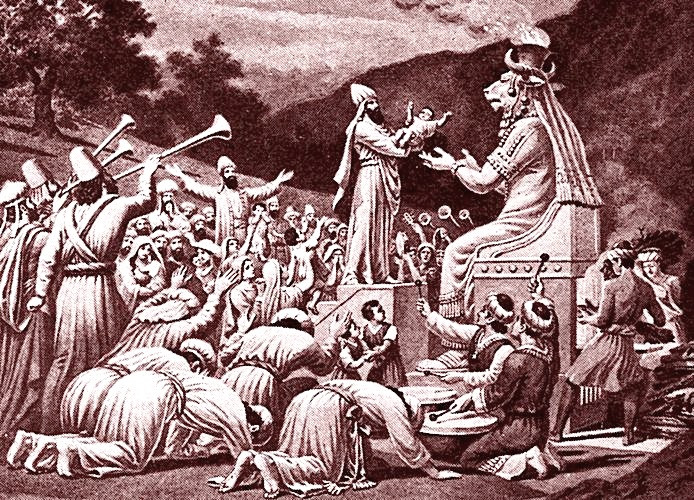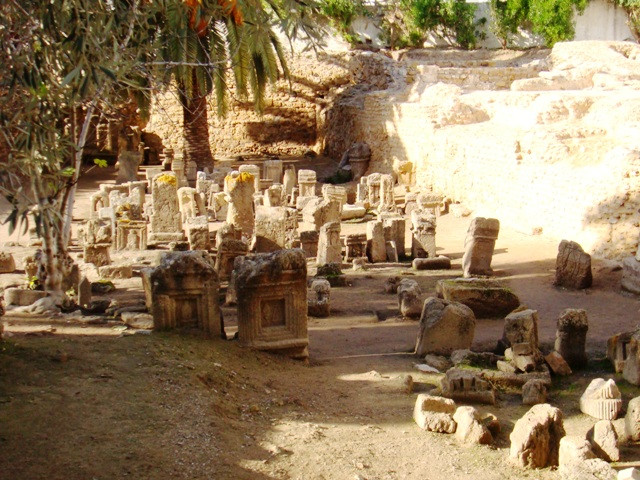Child sacrifice in Carthage: Ritual killing not the only reason for mass infant graves
Children faced a wide array of threats to their lives in the city of Carthage.
Since the first Tophets, or child burial grounds, were discovered on the outskirts of Carthaginian cities in present-day Tunisia, Sicily and Sardinia in the early 1900s there has been hot debate about whether or not these were the sites where the bodies of children sacrificed to the gods were buried, and how prevalent child sacrifice was if it happened at all.
Some say that Carthaginian child sacrifice was a myth invented by the Greeks and Romans to cast a slur on the culture. Others say that it is the only explanation for the Tophets, and all the children and infants buried there were sacrificed to the gods.
These burial sites contain urns with the bones of children up to about five years old, and some animals. They are found just outside the cities, with a formal graveyard with adult remains located within the city boundaries. Most remains in the Tophets are charred, suggesting that they were cremated.
Some have argued that ritual inscriptions at the site unequivocally show that infant sacrifice was real. Priests are depicted carrying the bodies of small children and feature text such as "the gods heard my voice and blessed me".
However, in a new paper in the journal Antiquity, anthropologists at the University of Pittsburgh in the US argue that the Tophets were simply a burial ground for prenates, or foetuses that died before birth, perinates, or those who died around the time of birth, and young children.
"The general picture is that prenates and perinates and children, typically up to five years of age, are housed in these little areas called Tophets outside the city," study author Jeffrey Schwarz told IBTimes UK. "The ages at the cemetery in the main city go on from about five years and to adult."
This separation of ages suggests that children had their own burial ground, Schwarz argues, and not that all children in the Tophet were sacrificed. The age profile from teeth suggests that the vast majority of children in the Tophets were very young, dying around the time of birth. This is the age profile that might be expected if the children were dying from a plethora of diseases and infections in the first millennium BC, Schwarz said.
"If you put the package of evidence together in a neutral way, natural explanations make better sense than ongoing ideas about infant sacrifice all over the place. There are always going to be premature deaths – miscarriages, perinatal deaths, child mortality."

There were plenty of causes of death boosting children's death rates, Schwarz said – cholera, dysentery, gastroenteritis, infectious hepatitis, leptospirosis, typhoid and parasitic intestinal infestations to name a few.
"The question is, if all the children in the Tophets were sacrificed, where are the infants buried that died naturally?"
However, Schwarz does not rule out that some infant sacrifice may have happened. But the bulk of the bodies found in the Carthage Tophet were not sacrificed, as some have argued, as many of the infants died before, during or shortly after birth.
"You can't rule out sacrifice, but there are so many other normal life aspects of dying that make the Tophet seem like a place where children who died prematurely were buried after being cremated and returned to the gods through smoke."

© Copyright IBTimes 2025. All rights reserved.






















